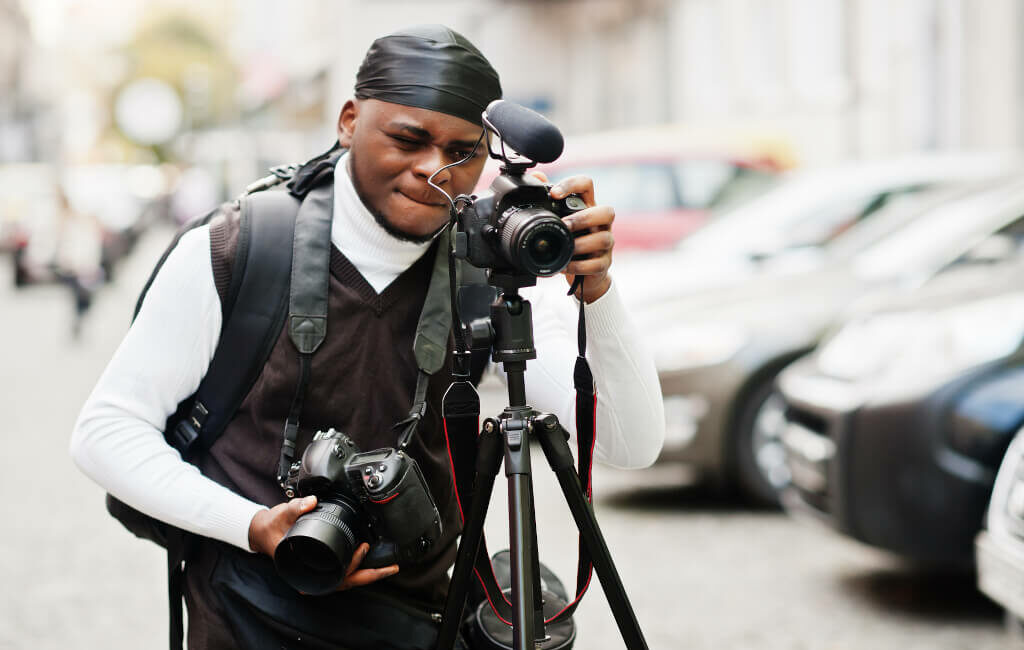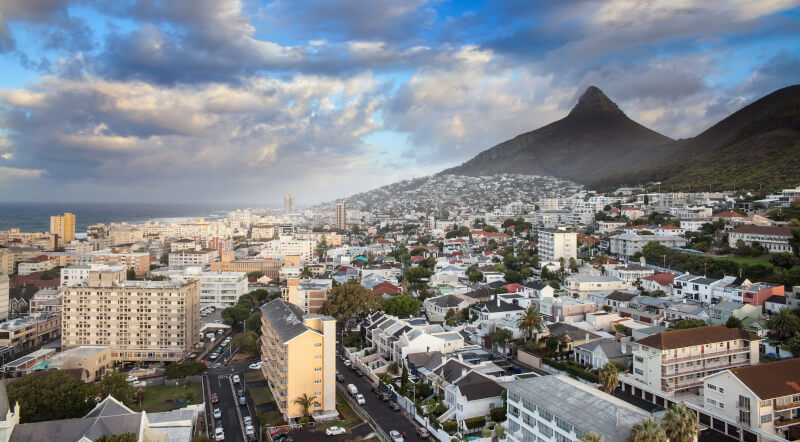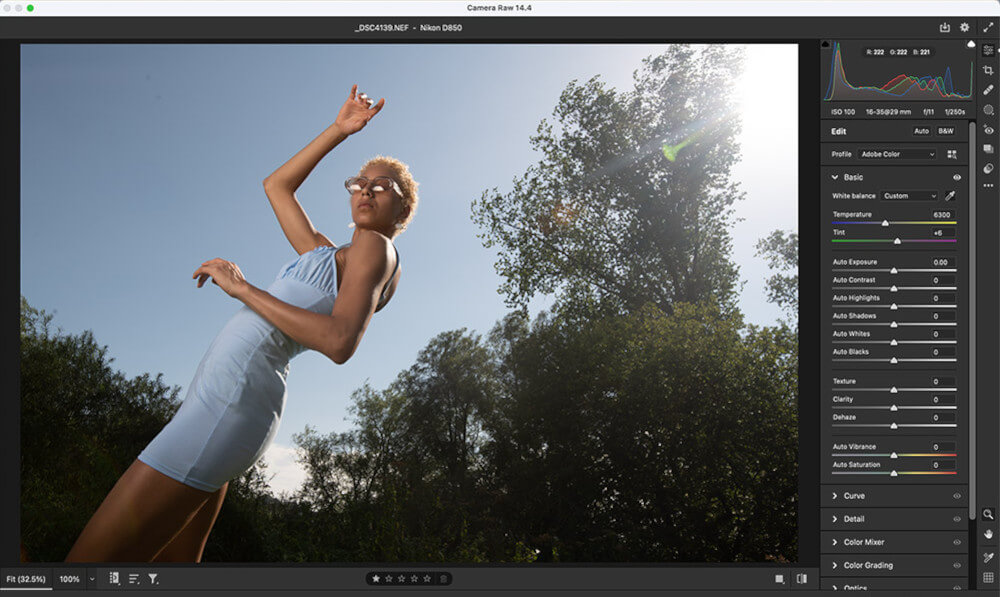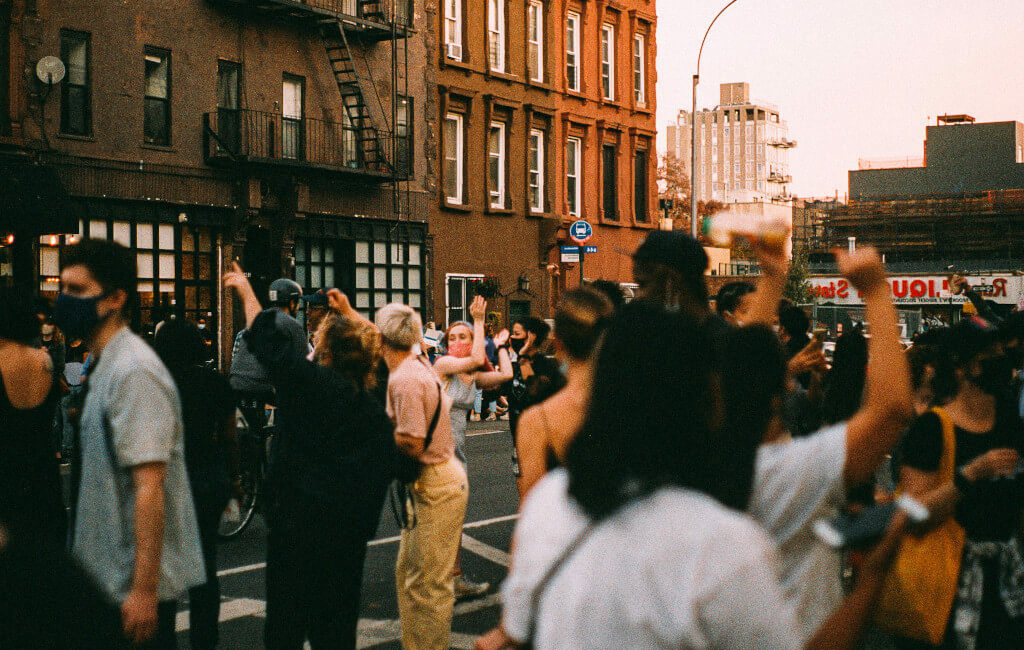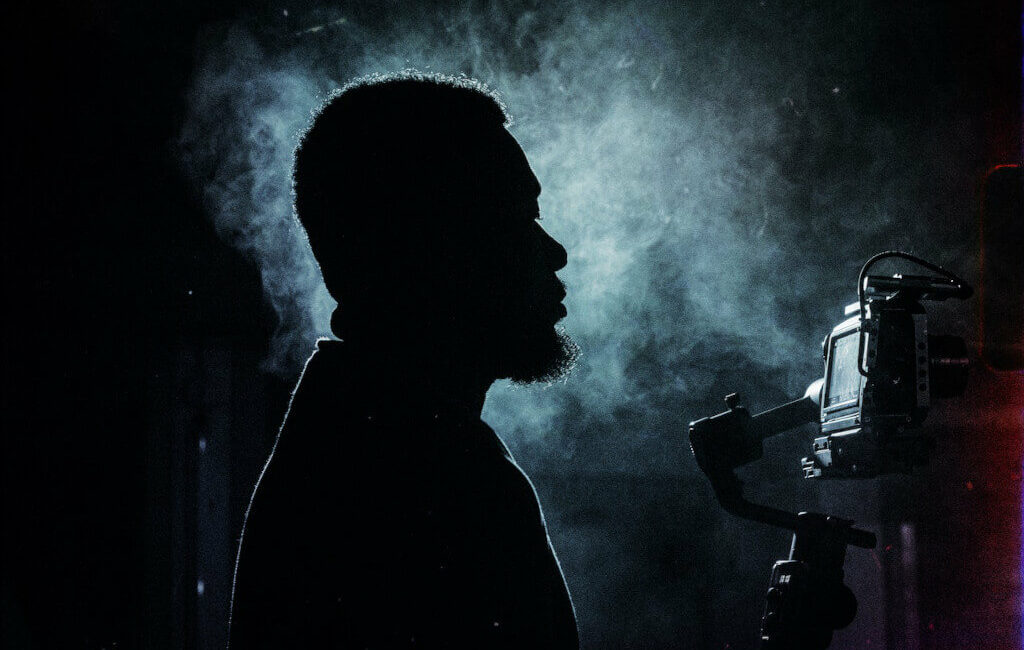The success of a production depends on the crew’s ability to rapidly and safely address any issues that arise. The most important details are shown here. Let’s face it: even the smoothest-running film and video sets have their share of unforeseen challenges. That’s the price of doing business. There will be hiccups, such as when […]
Continue readingAuthor: yloproductions.co.uk
8 Tips For Designing an Eye-Catching Set
The foundation of any film production is the essentials. If each scene in your film doesn’t have a solid set to back it up, your audience won’t be able to feel the enchantment. Any aspiring director can utilise these suggestions to create a visually arresting set on a shoestring budget and take their first steps […]
Continue readingHow to Handle Animals on Set and What Not to Do
Animals may surprise their owners in many ways, as any pet owner knows. Even if their handlers have the patience to work with them, they still need training in how to keep them under control on set. Here are some common blunders that people make when working with animals, whether they have done it previously or […]
Continue readingHow to Succeed in Film Production Accounting
With an expanding production company, managing money and making a profit has become increasingly intricate and crucial tasks. Is your accountant’s explanation of the key performance indicators for your company leaving you more bewildered than before? Your accountant is probably taking advantage of the reality that your knowledge resides in production rather than accounting if […]
Continue readingEnchanting Water’s Edge Beach: Ideal for Film and Photo Shoots
Nestled along Kleintuin Road in Simon’s Town, Cape Town, lies the hidden gem known as Water’s Edge Beach. This picturesque beach has gained a reputation as an ideal location for film and photo productions in the city, thanks to its breathtaking natural beauty and unique features. Water’s Edge Beach boasts a striking blend of fine […]
Continue readingSunset Magic: Film and Photo Shoots at Gordon’s Bay Beach
Sunset Beach: Cape Town’s Ideal Location for Film and Photo Productions Nestled along the breathtaking coastline of Gordon’s Bay in Cape Town, lies the picturesque Sunset Beach. This idyllic destination is a popular spot among locals and tourists alike, with its pristine sands and tranquil atmosphere. However, Sunset Beach has also gained recognition as an […]
Continue readingInnovative Tools for Maximising Efficiency in Color Grading with AI
Those who are still wary of incorporating AI into their processes, going so far as to label it “creativity substitution,” may benefit from reframing their attitudes and viewing these tools as helpers or helpful hands. Time saved can be better spent exploring the creative process, which is where our attention should be going. Colour Management […]
Continue readingA Producer’s View on Safe Working Conditions on Set
Unusual working conditions may arise due to production. Fistfights, explosions, crashed cars, or even someone putting themselves on fire are all possibilities during a typical day on set. That’s just for Tuesday, too! Filmmaking is an inherently dangerous profession, thus protecting everyone on set should be an absolute must. Because of this, the information presented here […]
Continue readingStop Making These Unacceptable Mistakes in Production
Over the years, my work as a writer, producer, and actor has exposed me to some terrifying situations. The rising popularity of shorts, web series, and independent features makes it an ideal moment to brush up on the fundamentals of filmmaking, whether you’re behind the camera or in front of it. Ghosting Lack of communication […]
Continue readingWhy Film Fixers Are Essential for Successful International Productions
What Exactly Do Film Fixers Do? Film fixers are often referred to as “service producers” because they are also responsible for creating content. From pre-production through post-production, they offer comprehensive services for local productions. Harry gave us the lowdown on the behind-the-scenes work that film fixers do to facilitate production on a global scale. We’ll […]
Continue reading